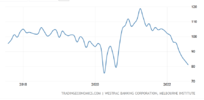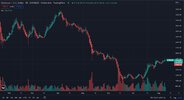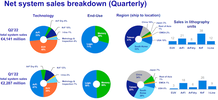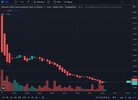- Joined
- 3 November 2013
- Posts
- 1,605
- Reactions
- 2,862
Well the question to ask is are we even going to enter a recession? Perhaps Biden and Powell were right and they did pull off a soft landing, what then?
Just trying to reconcile recent market action with what the data has been saying

Just trying to reconcile recent market action with what the data has been saying











